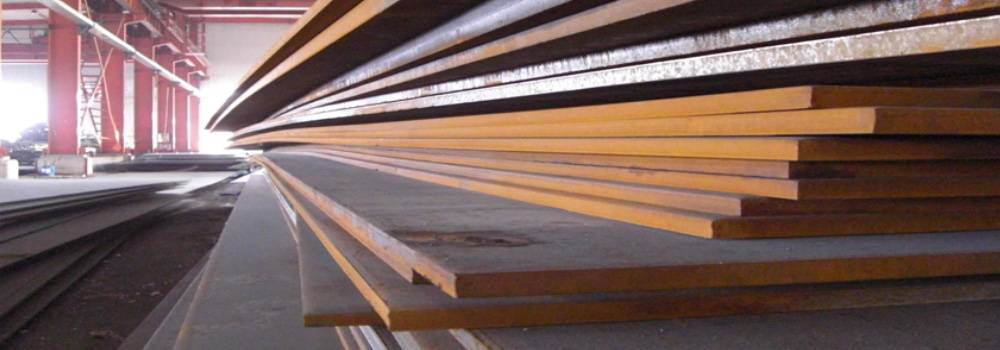Marine Steel PlatePosted by Steel Guru on August 1st, 2022 Additionally, Marine Steel Plate are extensively used in the shipbuilding industry. The plates are used by ships, barges, oil rigs, and other offshore machinery. They could be manufactured as structural elements or used as replacement parts. Sometimes very strong steel plates are necessary, especially when building massive offshore projects.
The Marine Steel Plate is abrasion and rust resistant. In comparison to regular sheet steel, it is produced in a far larger range of thicknesses. Marine steel plate is typically utilized in applications where it has a very strong structure and unbreakable toughness. It was created for more than just structural needs; general repairs might also make use of it. Marine steel plate serves as good reinforcing material and can withstand extreme pressure from the worst environmental conditions, particularly the oceans. It is a huge help to the heavy machinery industry. The wearable and machined components can endure even longer thanks to their durability. And even though the marine steel plate is mostly employed for bracing and reinforcing, it has a high degree, as has been demonstrated. Shipbuilding marine steel plates can be classified into the following grades based on their yield strength:
Although carbon (C) is a necessary strengthening component of steel, it also decreases the material's low-temperature impact toughness and impairs its weldability. Controlling the steel's C content is therefore necessary. According to the experience of producing aluminum-containing marine steel plates, the method of pre-deoxidation is strictly to control the carbon content of the endpoint and the alloying of the large-pack alloy to control the oxidation of the molten steel. This is done to ensure the aluminum content in the steel and the fluidity of the molten steel. the procedure for adding aluminum. Like it? Share it!More by this author |



